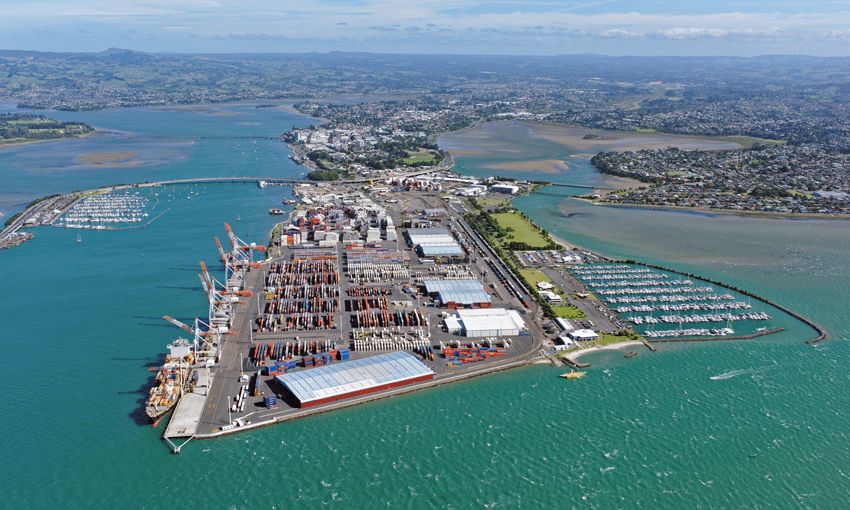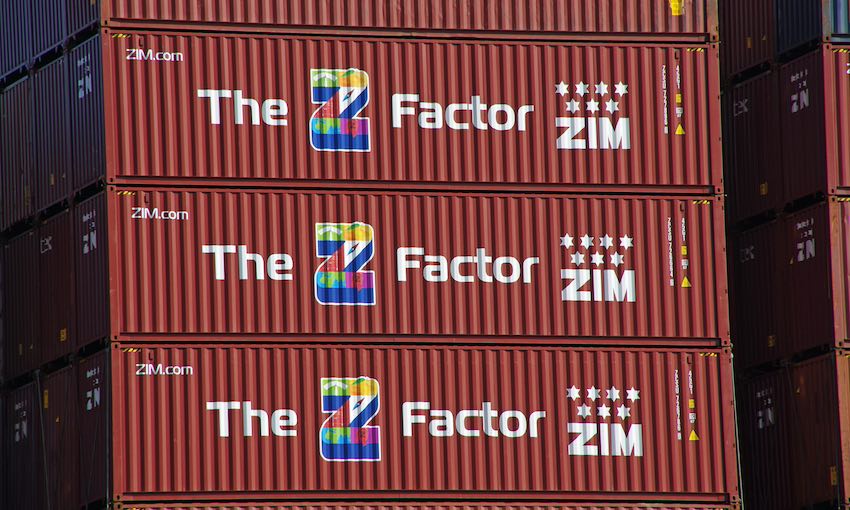PORT of Tauranga’s profits increased in the last half of 2022 despite a decrease in freight volumes.
The port handled a total of 12.7 million tonnes of trade in the half-year (a decrease of 2.5% on the first half of 2021), while the port’s net profit after tax increased 11.3% over the same period to NZ$62 million.
The port handled 637,728 TEU over the half-year, a 2.5% increase in container volumes in the six months to December 2022.
Transhipped container volumes increased 21.7% over the period to 174,444 TEU.
Port of Tauranga chair Julia Hoare said the mid-year financial results reflect the port’s resilience amid fluctuations in cargo volumes and widespread port congestion.
“Our diverse portfolio of cargoes and varied income streams have allowed us to return a good result despite cargo volumes starting to decrease. Shipping schedule unreliability and increased operating costs have also been challenges,” Ms Hoare said.
“We have mitigated impacts of congestion through surcharges to incentivise smooth cargo flows and avoid excess dwell time for containers in the terminal.”
Port of Tauranga is working to add capacity with a berth extension at its container terminal. The resource consent hearing at the Environment Court is due to begin early next year.
“Without this development, New Zealand importers and exporters are facing severe capacity constraints,” said Ms Hoare.
“The development is critical to the New Zealand economy. The catastrophic weather events of the past few weeks have also demonstrated that New Zealand is in dire need of greater resilience and capacity in the national supply chain.”
The proposed container berth extension has been included in the Regional Coastal Environment Plan since 2003 and detailed planning began in 2019. It involves converting cargo storage land to the south of the existing wharves to create an additional berth.
Port of Tauranga chief executive Leonard Sampson said intermittent delays and congestion continued to plague the Tauranga Container Terminal as container vessels continue to arrive off schedule.
“Vessel bunching over the past few months has resulted in ships waiting at anchor and surges of container volumes, putting pressure on terminal capacity and efficiency,” he said.
Mr Sampson said that a return to shipping schedule reliability over the coming months would alleviate terminal congestion and in turn improve productivity.
“By reinstating adherence to proforma windows, we will be able to accurately predict container volumes and match resources accordingly. This will allow us to deliver improved efficiency and avoid delays for shipping lines and shippers,” he said.
“We have been working with other New Zealand ports to ensure that the entire network can get back on time and allow us to better plan capacity, including labour, rail and road transport,” he said.





